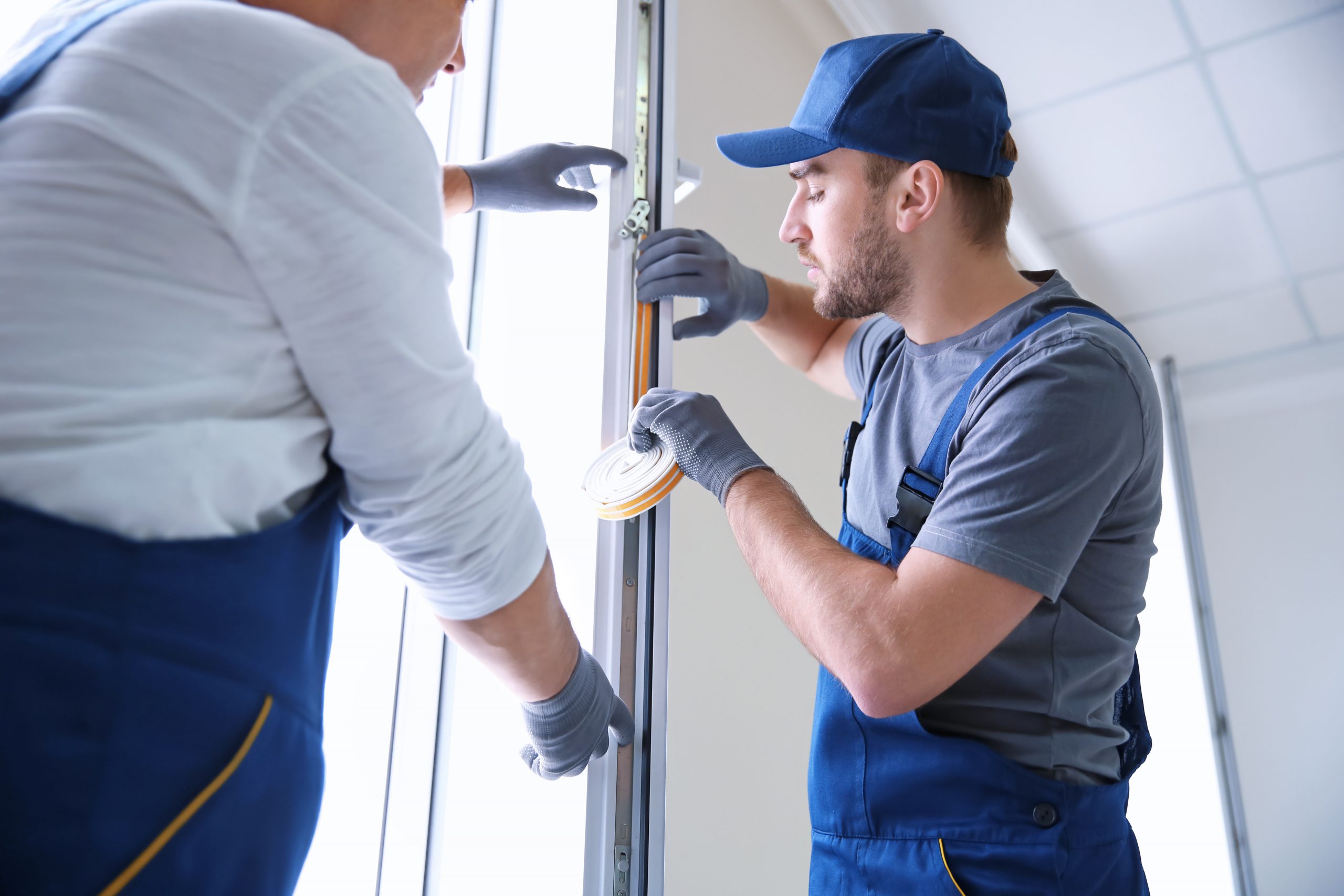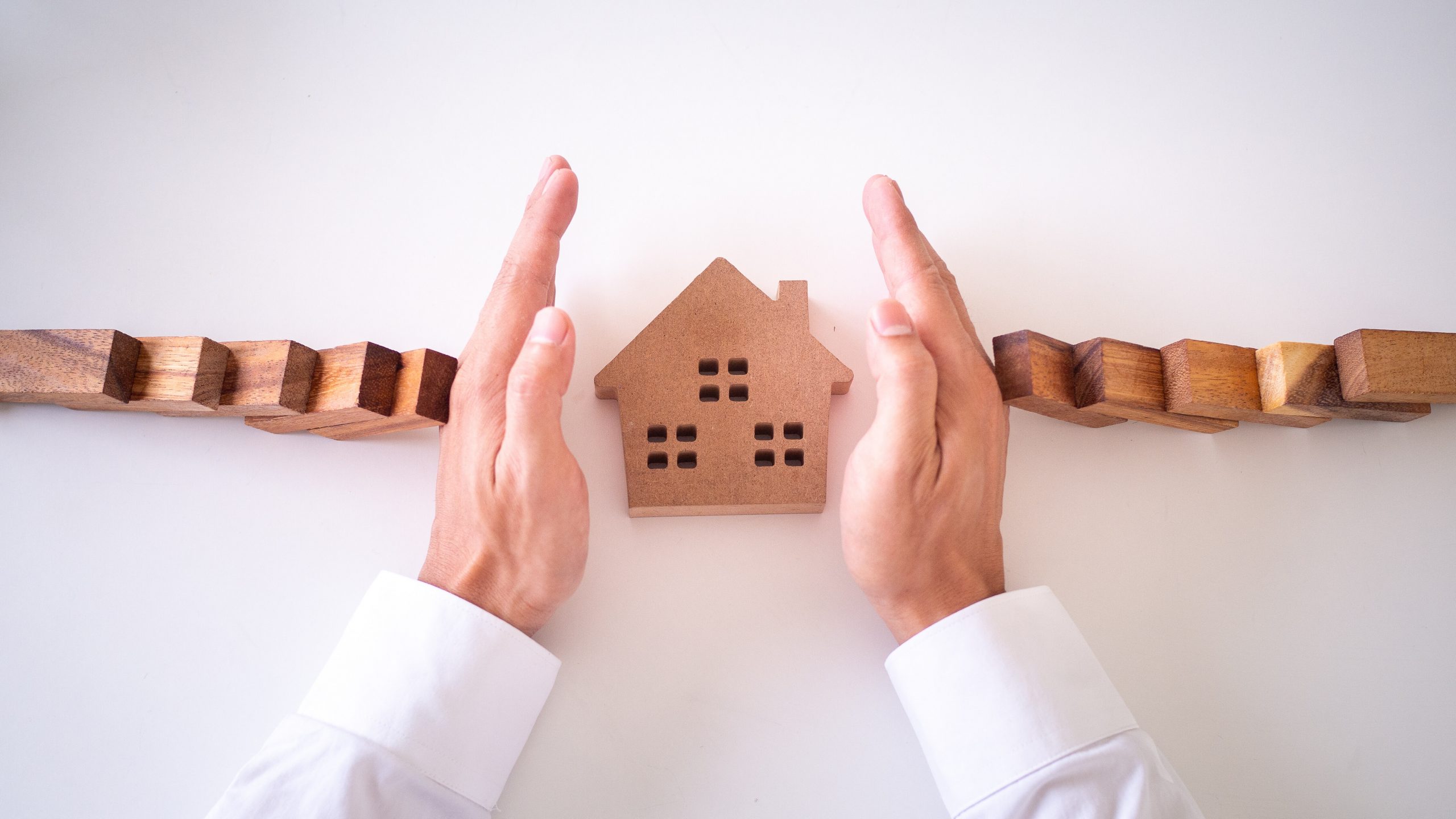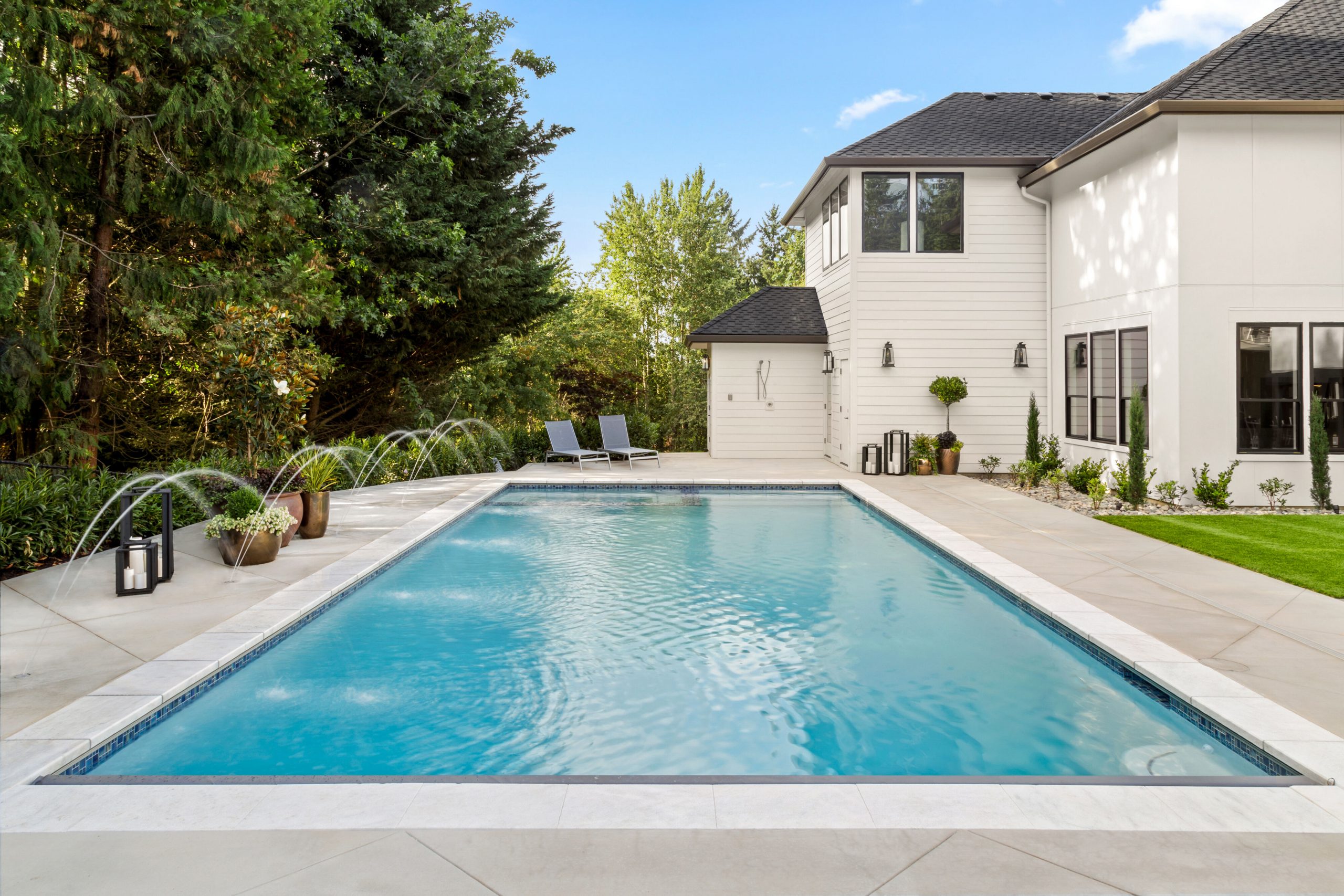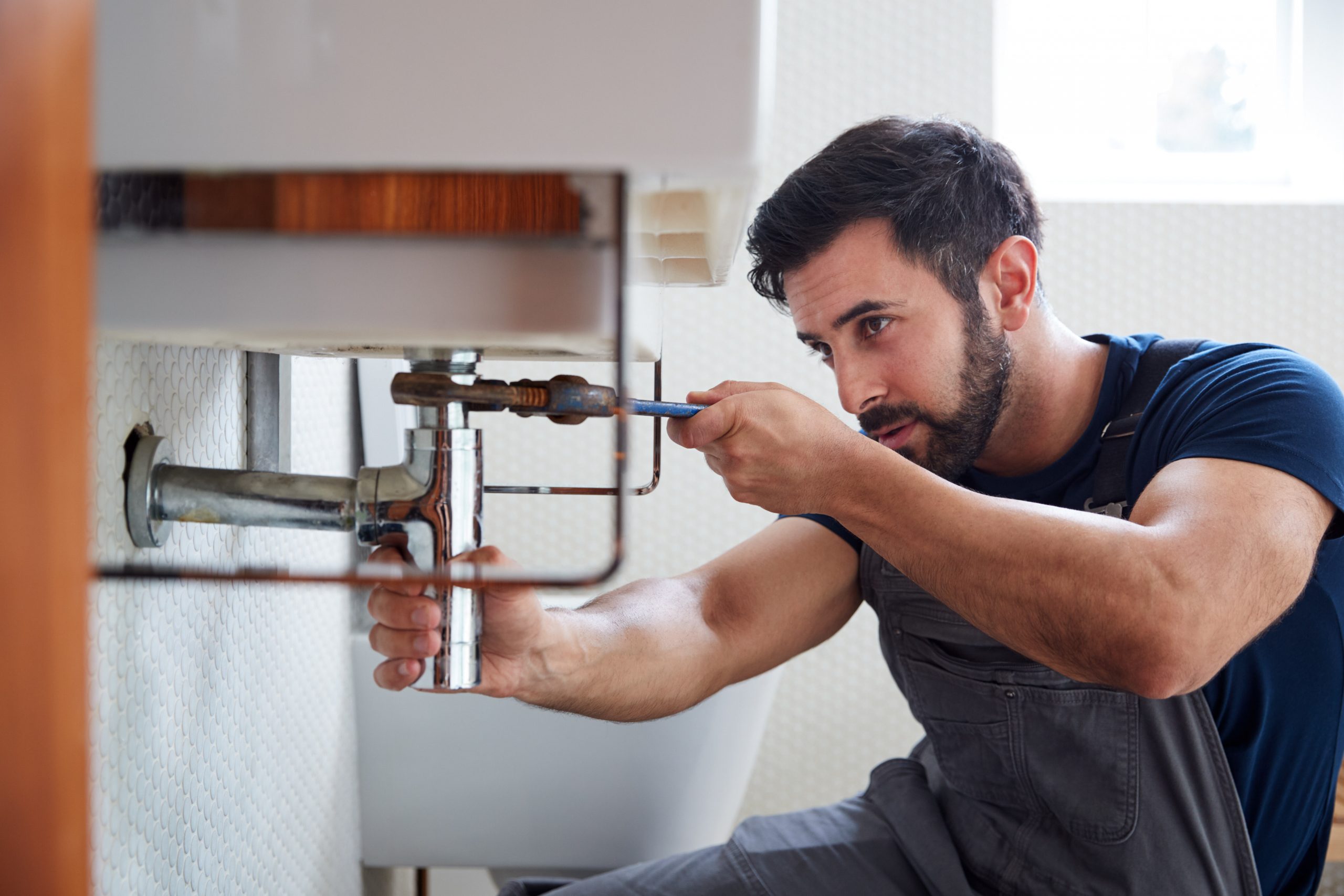Embracing a small living space can be both a practical and stylish choice. At Casability, we understand that maximizing a small home’s potential is key to creating a comfortable and functional environment. This guide offers innovative ideas for homeowners looking to enhance their smaller homes.
The Art of Decluttering
Simplifying Your Space
Decluttering is the first step in maximizing a small home’s potential. By simplifying your belongings, you can create a more open and airy space.
Essentialism: Adopting a less-is-more approach by keeping only what you need and love. Evaluate your items and consider donating or selling things that no longer serve a purpose or bring you joy. This minimalist mindset helps to keep your home organized and clutter-free.
Smart Storage: Utilizing under-bed storage, over-the-door racks, and multi-purpose furniture. Look for storage solutions that make use of often-overlooked spaces, such as under the bed or over doors. Multi-purpose furniture, like ottomans with storage compartments, can also help maximize your space.
Utilizing Vertical Space
Thinking Upwards
When floor space is limited, vertical space becomes incredibly valuable.
Wall Shelves: Adding shelving high up on walls for books, plants, and decor. Wall-mounted shelves not only provide additional storage but also draw the eye upward, making the room feel taller.
Hanging Solutions: Using ceiling or wall-mounted racks for items like pots and pans. In the kitchen, hanging pots and pans can free up cabinet space. Similarly, consider hanging racks in other rooms for items like bikes, hats, or bags.
Multi-functional Furniture
Dual-Purpose Designs
Furniture that serves more than one purpose is ideal for small spaces.
Convertible Pieces: Investing in furniture that can serve multiple purposes, such as sofa beds or extendable tables. Sofa beds provide a place to sit during the day and sleep at night, while extendable tables can be adjusted to accommodate more guests as needed.
Built-In Storage: Choosing beds, sofas, and ottomans with built-in storage compartments. These pieces help reduce clutter by providing hidden storage for items like blankets, books, or off-season clothing.
Creative Organization Hacks
Clever Ways to Organize
Innovative organization solutions can make a big difference in small spaces.
Magnetic Strips: Using magnetic strips in the kitchen or office area to hold tools and accessories. Magnetic strips are perfect for organizing knives, tools, or office supplies, keeping them within reach and freeing up drawer space.
Pegboards: Customizable pegboards for organizing kitchen, craft, or workspace items. Pegboards can be customized with hooks, shelves, and bins to store a variety of items, making them highly versatile and functional.
Color and Light: Creating the Illusion of Space
Bright and Airy Interiors
Using color and light strategically can make your small space feel larger and more open.
Light Colors: Opting for light, neutral colors to make rooms appear larger. Light colors reflect more light, making rooms feel brighter and more spacious. Consider shades of white, beige, or light gray for walls and large pieces of furniture.
Mirrors: Placing mirrors strategically to reflect light and create a sense of depth. Mirrors can make a small room feel larger by reflecting light and creating the illusion of more space. Place mirrors opposite windows or in narrow hallways to enhance this effect.
Smart Use of Outdoor Areas
Expanding Living Spaces
Even small outdoor areas can be transformed into functional and enjoyable spaces.
Balcony Makeover: Turning a small balcony into a cozy retreat with seating and plants. Add a small table and chairs, along with some potted plants, to create an inviting outdoor space for relaxation or entertaining.
Vertical Gardens: Installing vertical planters for greenery without taking up floor space. Vertical gardens are perfect for adding greenery to your home without sacrificing space. Use wall-mounted planters or hanging pots to create a lush, green wall.
Efficient Kitchen Solutions
Space-Saving Kitchen Ideas
Kitchens can quickly become cluttered, but with the right solutions, they can remain functional and organized.
Compact Appliances: Choosing smaller or multi-functional kitchen appliances. Opt for compact versions of essential appliances or multi-functional appliances like a toaster oven that can also act as an air fryer.
Foldable Countertops: Installing foldable or pull-out countertops for extra prep space. These can be tucked away when not in use, providing additional workspace without permanently taking up space.
Bathroom Space Maximizers
Organizing Smaller Bathrooms
Bathrooms often have limited space, but smart solutions can maximize their functionality.
Over-the-Toilet Storage: Utilizing the space above the toilet for shelves or cabinets. This often-overlooked space can be used for storing toiletries, towels, and other essentials.
Shower Caddies: Keeping toiletries tidy with hanging or corner caddies. Shower caddies help keep your shower organized and free up space on the shower floor.
Technology for Small Spaces
High-Tech Enhancements
Incorporating technology can help you make the most of your small space.
Smart Home Devices: Incorporating devices like smart speakers or lights that don’t take up physical space. Smart home devices can control lighting, temperature, and entertainment systems, enhancing convenience without adding clutter.
Cord Management: Using cord organizers to keep spaces neat and tidy. Organize and hide cords using clips, channels, or cord covers to maintain a clean and uncluttered look.
Budgeting for Small Space Upgrades
Cost-Effective Improvements
Enhancing a small space doesn’t have to be expensive.
DIY Projects: Tackling simple projects yourself to save money. From painting walls to installing shelves, there are many DIY projects that can improve your space without a significant financial investment.
Investment Pieces: Prioritizing spending on items that will make the biggest impact in small spaces. Invest in high-quality, multi-functional furniture or efficient storage solutions that will enhance the functionality and aesthetic of your home.
Maximizing a small home’s space requires creativity and strategic planning. By decluttering, utilizing multi-functional furniture, and employing clever storage solutions, you can transform your small home into a spacious, organized, and stylish haven. Casability is here to guide you through every step, from planning to execution, ensuring your home improvement journey is successful and within budget. Whether you’re making the most of vertical space, enhancing outdoor areas, or incorporating smart technology, these tips will help you create a functional and beautiful home.









